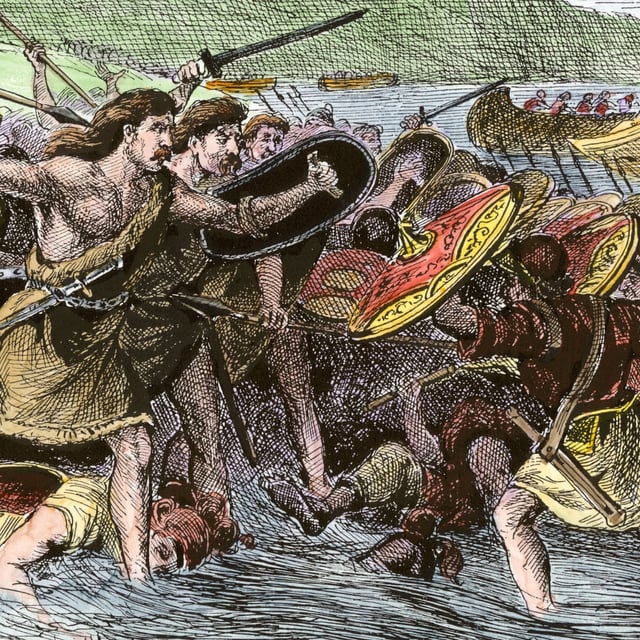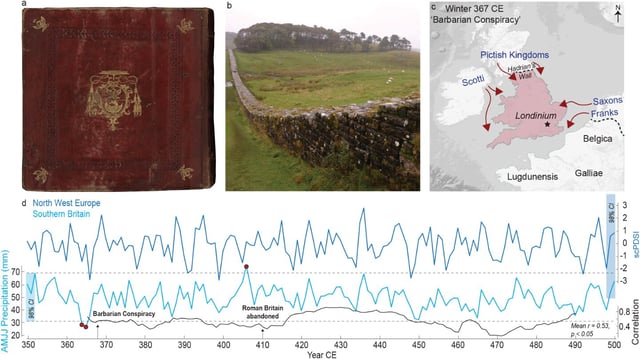Overview
- A Cambridge-led study used oak tree-ring data to confirm an unprecedented drought in southern Britain from 364–366 CE, with rainfall nearly halving during critical growing seasons.
- The drought caused widespread famine, societal breakdown, and grain shortages, weakening Roman Britain’s defenses and contributing to rebellion within the garrison at Hadrian’s Wall.
- This instability enabled a coordinated invasion by the Picts, Scotti, and Saxons in 367 CE, with Roman commanders killed or captured and some soldiers deserting to join the invaders.
- Roman forces, under Emperor Valentinian I, restored order after two years, but Britain never fully recovered, with Roman administration ending around 410 CE.
- Broader analysis of 106 battles across the late Roman Empire shows a statistically significant link between dry years and conflict, highlighting the historical impact of climate on societal stability.

